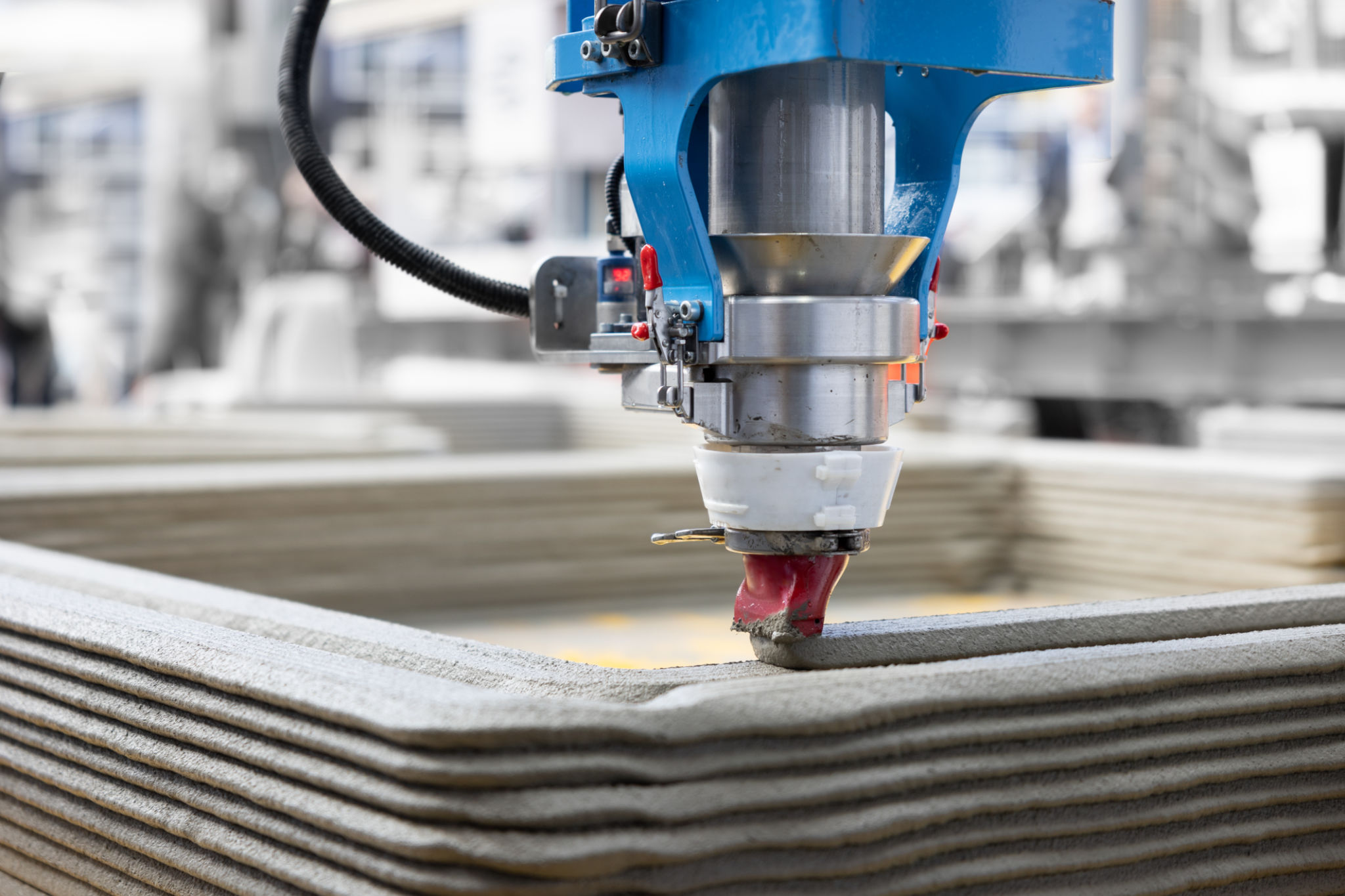The Role of Technology Innovation in Modern Construction Equipment
Introduction to Technology Innovation in Construction Equipment
The construction industry is experiencing a significant transformation, largely driven by advancements in technology. Modern construction equipment has evolved remarkably, integrating innovative technologies that enhance efficiency, safety, and productivity. As the demand for smarter, more sustainable building practices grows, so does the need for cutting-edge construction machinery.
Technology innovation in construction equipment is not just about creating new machines; it's about redefining how construction is approached, managed, and executed. From autonomous vehicles to advanced data analytics, the industry is embracing a digital revolution that promises to reshape its future.

Automation and Robotics
One of the most significant innovations in construction equipment is the incorporation of automation and robotics. These technologies have revolutionized how tasks are performed on construction sites. Automated machinery can execute repetitive and labor-intensive tasks with precision and speed. For instance, robotic bricklaying machines can lay bricks faster than human workers while maintaining consistent quality.
Moreover, autonomous vehicles equipped with GPS and advanced sensors are becoming increasingly common on job sites. These machines can navigate complex environments without human intervention, reducing the risk of accidents and improving overall site safety.

Data-Driven Decision Making
In the era of big data, construction companies are leveraging data analytics to make informed decisions. Sensors embedded in equipment collect vast amounts of data on performance, usage patterns, and maintenance needs. This data is then analyzed to optimize operations, reduce downtime, and enhance efficiency.
By utilizing predictive analytics, companies can anticipate equipment failures before they occur, allowing for proactive maintenance and reducing costly delays. This approach not only saves time and money but also extends the lifespan of machinery.

Sustainability and Eco-Friendly Equipment
As environmental concerns continue to rise, the construction industry is under pressure to adopt more sustainable practices. Technology innovation plays a crucial role in developing eco-friendly construction equipment. Electric and hybrid machines are becoming more prevalent, offering reduced emissions and lower operational costs.
Additionally, energy-efficient technologies such as solar-powered machinery and equipment that utilizes alternative fuels are gaining traction. These innovations not only contribute to a greener environment but also offer significant cost savings over time.
3D Printing and Modular Construction
3D printing technology is making its mark in the construction sector by enabling the creation of complex structures with unprecedented speed and precision. This innovation allows for the production of components off-site, which are then assembled on location. The result is a reduction in labor costs and construction time.
Modular construction, facilitated by technological advances, is another trend gaining momentum. Prefabricated modules are manufactured in controlled environments and then transported to the construction site for assembly. This approach minimizes waste, enhances quality control, and accelerates project timelines.

Conclusion: The Future of Construction Equipment
The role of technology innovation in modern construction equipment cannot be overstated. As advancements continue to evolve, the industry is poised for further transformation. Embracing these innovations will be essential for construction companies aiming to remain competitive in a rapidly changing landscape.
Through the integration of automation, data analytics, sustainability initiatives, and cutting-edge building techniques like 3D printing, the future of construction looks promising. With these technological advancements, the industry will be better equipped to meet the challenges of tomorrow.